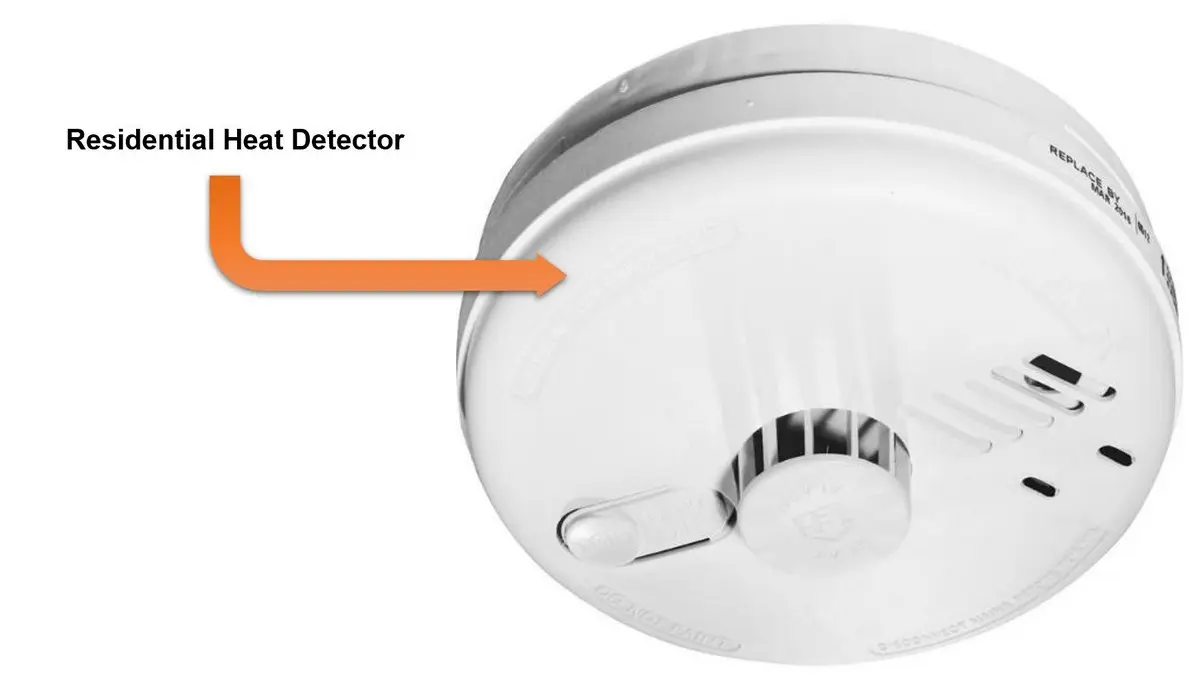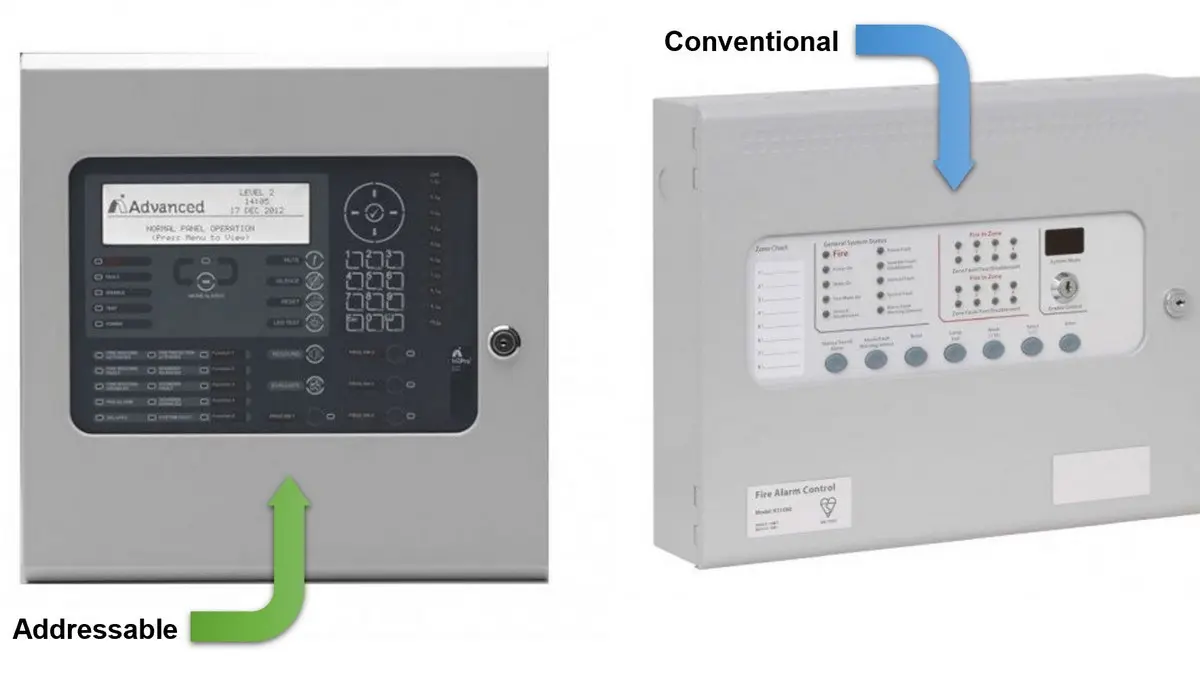New to the world of fire and life safety systems for assisted living properties, or looking to get a refresh on the latest terminology and set-ups? Drax 360 has got you covered.
Terms you need to know:
Assisted Living Facility
An assisted living facility is a warden-managed residence, usually for the elderly. Homes are generally found in blocks and configured like any other apartment; with a reception room, kitchen, bathroom and bedroom. Social landlords are the primary operators of these facilities, but private schemes are also common.
Telecare System
Also known as Telecare Platform or Warden Call System. Each home is equipped with a telecare system which connects back to both the facility/scheme manager and an Alarm Receiving Centre (ARC). The telecare system is a means of communication between the facility provider and those in their care. Equipment such as wall-mounted speakerphones and emergency fall alert bracelets make up a telecare system. Common manufacturers are Verklizan, Tunstall and Tynetec.
Alarm Receiving Centre (ARC)
An ARC is a monitoring centre, usually owned and operated by local governments or social landlords, although some ARCs are now privately owned. The main function of an ARC is to act on an event received; who to call and when. Events range from fire alarms to telecare social calls.
Fire Detection System
Due to regulations, homes are fitted with standalone residential smoke detection, and landlord areas have commercial fire alarm systems. The separation between homes and landlord is to reduce the number of unwanted evacuations of a facility (if everything is connected, someone burning their toast could result in evacuating all residents).
Common fire detection set-ups used in assisted living
Telecare – Primary Function
Almost all homes in an assisted living facility will have a connection to a telecare system. This allows the resident to communicate with their care provider in the event of an emergency, or simply for a social call. An example of a social call could be asking the operator what time a social gathering will be happening within the facility, or when their care-worker visitor is expected. Two-way communication is possible with a telecare platform, meaning the operator can call each resident through different types of hardware; wall-mounted speakerphones, mobiles, necklace-phones, etc. Operation of a telecare platform is usually carried out by an Alarm Receiving Centre (ARC).
Telecare – Automation
In most telecare systems, it’s also possible to automate some events/alerts, for example, connecting to a fire alarm. In this instance, the fire alarm would send a ‘general fire’ event to the telecare system, to be acted upon by the operator, using their agreed process. Other events could be intruder alarm activated or disabled/refuge alarm activated.
Telecare – Restrictions
Some restrictions around prioritising events can be found in telecare systems. If a social call is underway somewhere in the facility, this often results in the communication line becoming busy, and if another call is requested, this creates a stacked event (similar to being on hold/call waiting). As soon as the current social call ends, the stacked event(s) will be answered by the operator. This is a particular issue in non-IP systems.
Fire Detection – Residences
Each home will have a standalone, domestic fire detection system. A normal configuration in an assisted living property would see a smoke detector installed in the hallway (on each floor) and a heat detector in the kitchen.

Detectors are usually hard-wired from the homes’ consumer unit, and if one is triggered the other will also ring its sounder. If a fire event is detected (this includes accidental events, such as burning toast or too much steam from a shower), the sounders will ring only within the residence. If you live in an apartment block, you wouldn’t want your neighbour’s smoke detectors connected to yours – this is the same principle.
Most standalone fire detection systems have the capability to report their fire events to a landlord-monitored fire alarm. If this is the case, it would raise an event on the fire alarm panel, but would not ring any sounders elsewhere in the property.
Fire Detection – Landlord
Generally, landlord areas will be fitted with either an addressable or conventional fire alarm panel. Both systems detect fires in much the same way, but report events quite differently.
An addressable system places a numerical address on each detector, which can then be given a contextual name within the fire alarm panel. This results in an accurate location description of any event which is detected. On the other hand, a conventional system uses geographical zones to identify an area where a fire has been detected, which could include a dozen or more detectors.

This fire alarm will be configured to monitor conditions within the communal areas of the property. In some cases, lifts, fans and access control systems will also be connected to the fire alarm. The fire alarm will send commands to these systems depending on the cause and effect which has been determined as part of the fire alarm specification. It is possible that residences are also connected to the fire alarm via relay outputs from the homes, but this isn’t common.
Depending on the size and makeup of the property, it’s hard to give a firm answer which type of system would be most suitable, but it’s likely that an addressable system will give you more flexibility and, more importantly, greater visibility of fire event locations.
Fire Detection – Remote Monitoring
The most common method of monitoring a fire alarm remotely is via an auto-dialler. An auto-dialler connects to the ‘fire event’ output relay of the fire alarm panel (a switch). When a fire event is underway, this triggers an action for the auto-dialler to either call or send an SMS to an ARC. While this solution is effective in reporting a fire event, it also poses a major problem. A general fire event does not give location specifics to the ARC – as an example, it would simply say, “FIRE at ACME STUDIOS, Warner Street, London”.
Frustrated by unwanted fire brigade call-outs?
If you are facing any issues relating to false fire alarms, or other fire and compliance challenges, Drax 360 can help. With over 20 years’ experience working with fire and life safety systems, and a team of leading experts here to listen and advise, we’re confident we’ll find the right solution for you. Speak to one of our experts today on 0345 459 2300.
Thanks for reading!





